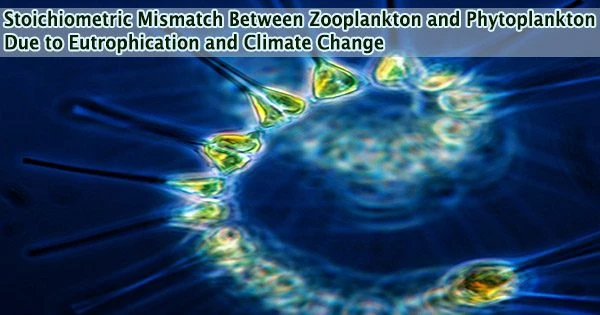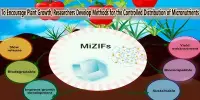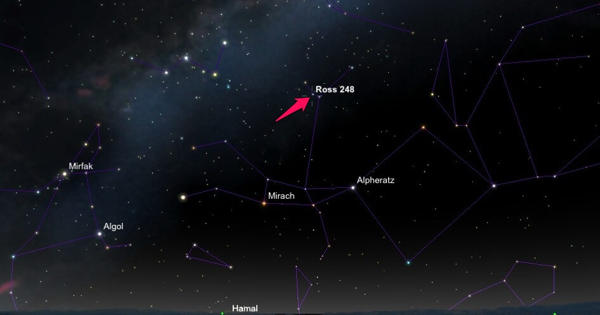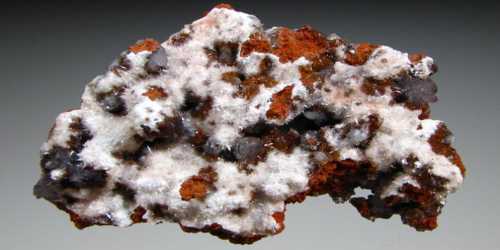The stoichiometric imbalance between phytoplankton and zooplankton poses a threat to the aquatic ecosystem’s ability to function. The rise in nutrient requirements for zooplankton growth caused an increasing trend in the stoichiometric mismatch with phytoplankton when climatic warming or eutrophication each had an independent effect.
When these stressors combined their effects, the zooplankton community’s species composition changed and the mismatch was reversed. These findings show that in addition to cross-trophic levels, compositional variations within communities must also be taken into account when forecasting the consequences of global change on stoichiometric mismatches.
Eutrophication and climate change are now two of the main factors causing worldwide change, endangering aquatic ecosystems. These continual environmental changes may cause phytoplankton and zooplankton to respond differently, which could lead to stoichiometric incompatibilities between the two.
This imbalance, as a result, constrains the upward flow of energy within trophic hierarchies. However, it is yet unknown how much these unbalanced elemental ratios between phytoplankton and zooplankton are exacerbated by climatic warming, eutrophication, or their interactions.
A Chinese study team used a mesocosm experiment to mimic the conditions of natural shallow lakes in order to investigate this. In a full factorial design, they introduced controlled factors of climate warming (with a consistent temperature rise of 3.5 °C accompanied by heat waves) and eutrophication (via nutrient enrichment).
This study offered a dual perspective of phytoplankton and zooplankton on the stoichiometric mismatch and revealed the changes in stoichiometric mismatch between phytoplankton and zooplankton under climate warming and eutrophication.
Konghao Zhu
They observed a growing trend in the stoichiometric mismatch when climate warming or eutrophication acted individually, which was mediated by an increase in nutrient demand by zooplankton for growth. However, when these stressors acted jointly, the mismatch was reversed.
“This phenomenon might be attributed to the tandem influence of climate warming and eutrophication altering the composition of zooplankton species, consequently reshaping the overall stoichiometric configuration within the community,” said lead author of the study, Konghao Zhu.
The researchers underlined that whereas earlier study has mostly concentrated on the stoichiometric mismatch from a unilateral standpoint of phytoplankton or zooplankton, this mismatch is actually driven by a mix of changes in both phytoplankton and zooplankton.
“This study offered a dual perspective of phytoplankton and zooplankton on the stoichiometric mismatch and revealed the changes in stoichiometric mismatch between phytoplankton and zooplankton under climate warming and eutrophication,” added Zhu.
Another challenge came to light during the study. The understanding of trophic connections is improved by cross-trophic level stoichiometry, although the fundamental causes of stoichiometric mismatch changes are not fully explained.
This restriction results from the frequent changes in species composition brought on by environmental stresses, which complicate community-level stoichiometry.
“Therefore, understanding the effects of global change on trophic relationships through stoichiometric mismatch requires consideration not only of cross-trophic levels, but also of compositional changes within communities,” concluded Zhu.
The research was published in Water Biology and Security.
















